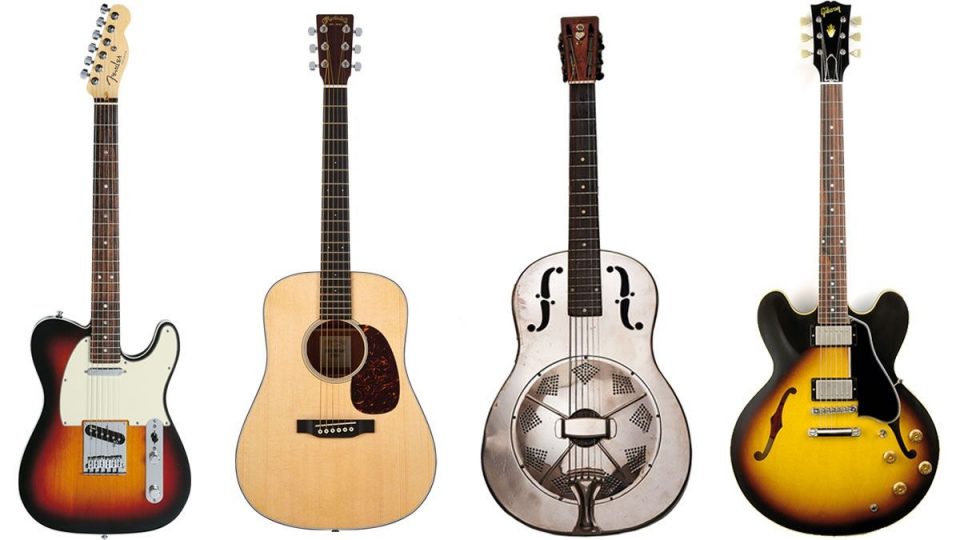Learning to play the guitar is a worthy goal but a less specific one than you might realize. There are many different types of guitars, and that is even ignoring distinctions such as acoustic versus electric. Each has a slightly different sound. The type of guitar you choose to play depends on your personal preference as to the type of music you would like to perform and the role you would like to have in an ensemble.
- Twelve-String Guitar
A standard guitar has only six strings, but a twelve-string guitar adds six more strings that are thinner. The effect is a tone that is brighter and more jangly, and it is typically used as a rhythm instrument due to the difficulty of playing the lead melody on paired strings. Nevertheless, you do not need to learn a different technique to play the twelve-string guitar if you already know how to play the standard six strings.
- Bass Guitar
A bass guitar is to the upright bass what a practice tool for bass is to the bass guitar. In other words, it’s a smaller, more simplified version. Where a standard guitar has six strings, the bass typically only has four, which are pitched an octave lower. Along with the percussion, the bass guitar is the foundation on which the whole musical piece is built. The role of each is to set the rhythm and keep time.
- Steel Guitar
The steel guitar isn’t actually made of steel. The name refers to the metal bar that players slide up and down the strings as they hold the guitar in their laps. The steel guitar produces a twangy sound popular in country music, but it was actually developed in Hawaii.
Though the various types of guitars are very different from one another, the skills needed to play one may be transferrable to others.

